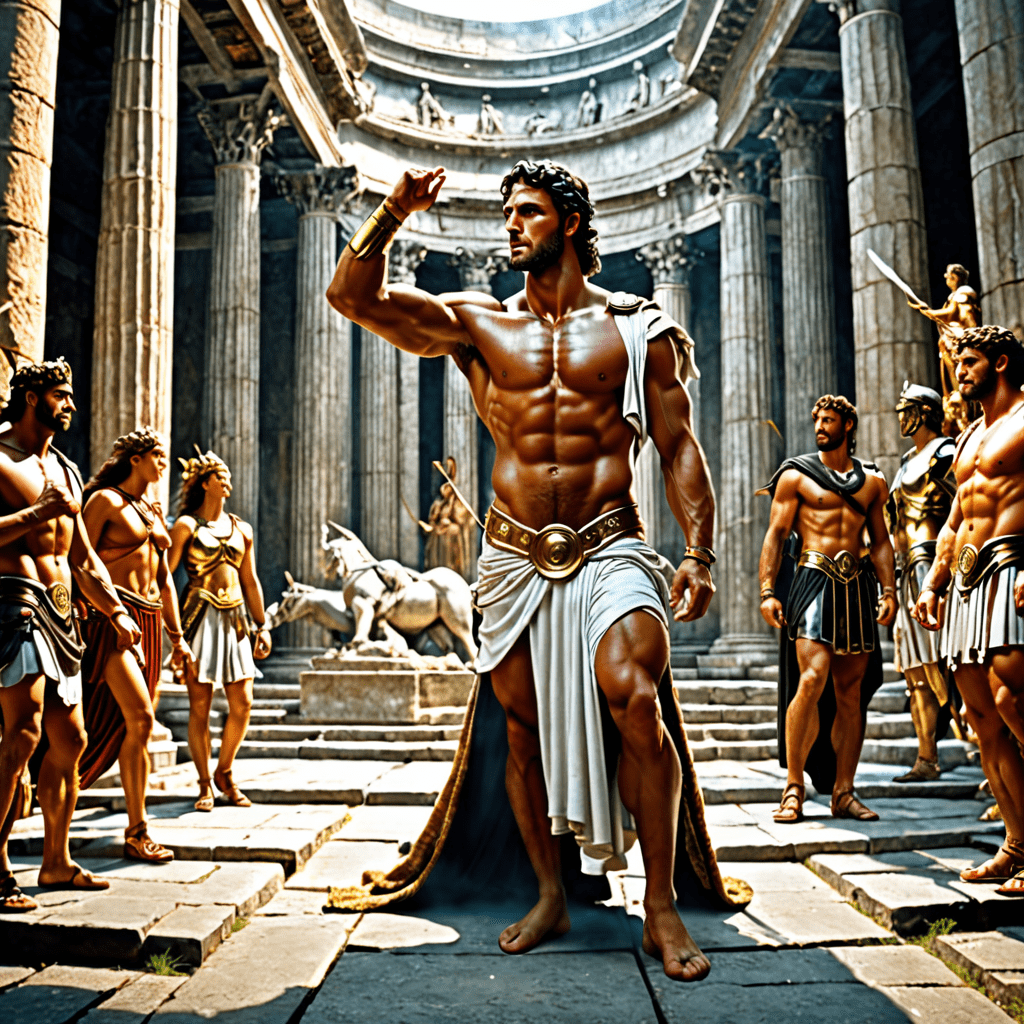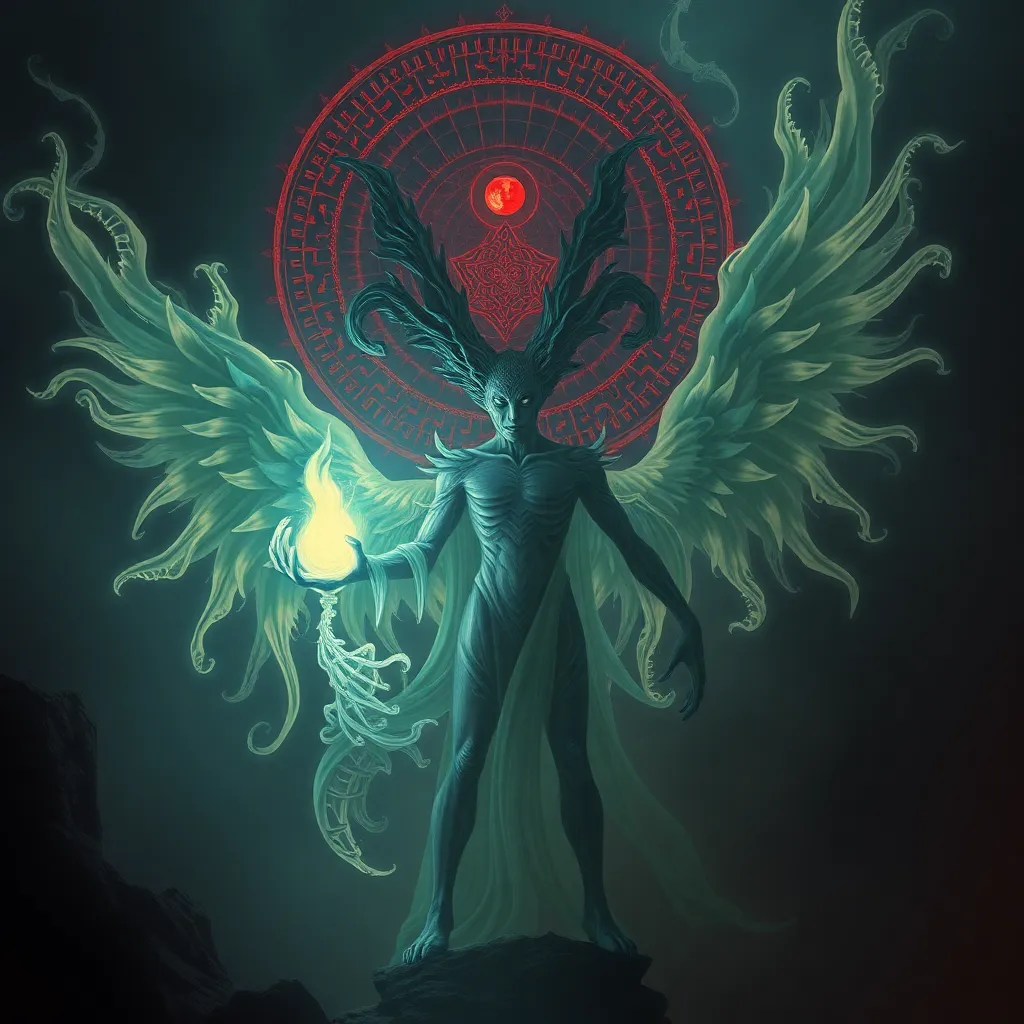Exploring the Concept of Transformation and Renewal in Roman Mythology
The Role of Transformation and Renewal in Roman Mythology
In Roman mythology, the concepts of transformation and renewal are prevalent themes that symbolize change, growth, and evolution. These themes often manifest through the stories of gods, goddesses, and legendary figures undergoing profound transformations that signify rebirth and renewal.
Notable Examples of Transformation and Renewal in Roman Mythology
One of the most famous stories of transformation in Roman mythology is that of the god Jupiter, who transformed into a swan to seduce Leda. This tale highlights the power of divine transformation and its ability to shape destinies.
Another compelling story is that of the goddess Aurora, who represents the dawn and symbolizes the daily cycle of renewal and rebirth as she ushers in the new day. Her chariot heralds the transformation from night to day, signifying a fresh beginning.
The Symbolism of Transformation and Renewal in Roman Culture
Beyond the realm of mythology, the concepts of transformation and renewal held significant cultural symbolism for the Romans. The annual festivals of renewal, such as Saturnalia and the Lupercalia, celebrated the cycle of life, death, and rebirth.
The Roman belief in metamorphosis and renewal also extended to their architectural feats, where structures like the Pantheon stood as a testament to the enduring transformation of Roman ingenuity and engineering prowess.
Implications of Transformation and Renewal in Modern Context
The themes of transformation and renewal in Roman mythology continue to inspire modern works of art, literature, and popular culture. They serve as reminders of the inherent human need for growth, adaptation, and reinvention.
By delving into the rich tapestry of Roman myths and legends, we can discover timeless wisdom on embracing change, overcoming challenges, and embracing the journey of transformation towards personal and collective renewal.
FAQ about Exploring Transformation and Renewal in Roman Mythology
What is the significance of transformation in Roman mythology?
Transformation in Roman mythology symbolizes change, evolution, and adaptation. Gods and goddesses frequently transform themselves or others, reflecting the ever-changing nature of life and the universe.
How does renewal play a role in Roman mythology?
Renewal is a central theme in Roman mythology, representing rebirth, regeneration, and new beginnings. Stories of renewal often highlight the cyclical nature of life and the eternal process of death and rebirth.
Can you provide examples of transformation and renewal in Roman mythology?
Certainly! One famous example is the story of Daphne transforming into a laurel tree to escape Apollo’s advances, symbolizing the protection of one’s virtue. Another example is the myth of Phaethon’s fiery death and subsequent renewal of the world, illustrating the consequences of hubris and the cycle of creation and destruction in Roman beliefs.
How do these themes of transformation and renewal relate to everyday life in ancient Rome?
In ancient Rome, the concepts of transformation and renewal were not only present in myths but also reflected in societal changes, seasonal cycles, and religious rituals. These themes served to remind individuals of the impermanence of life and the need for adaptation and renewal in various aspects of their lives.



